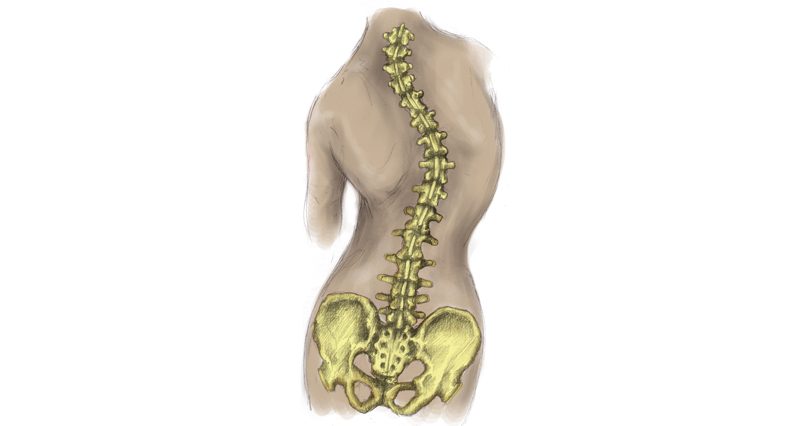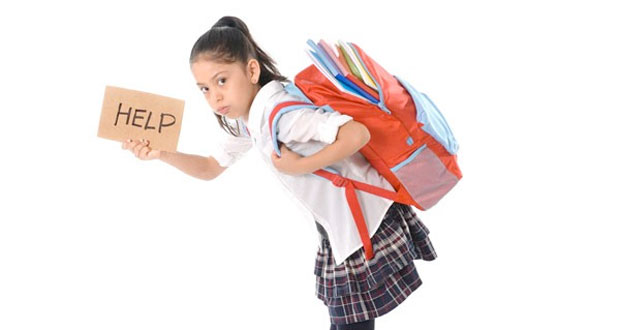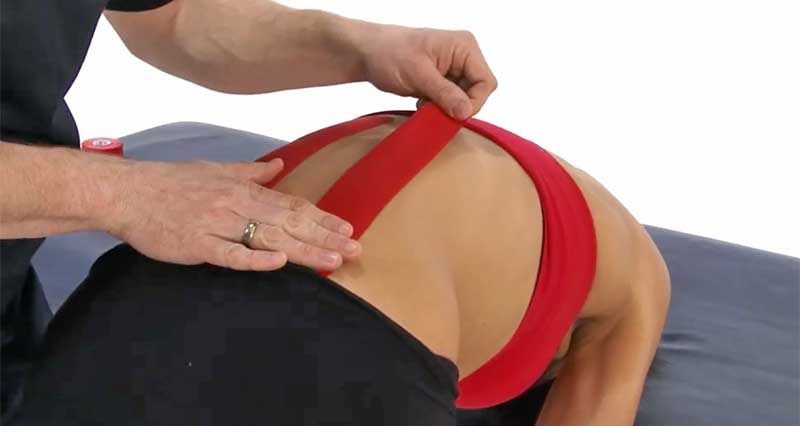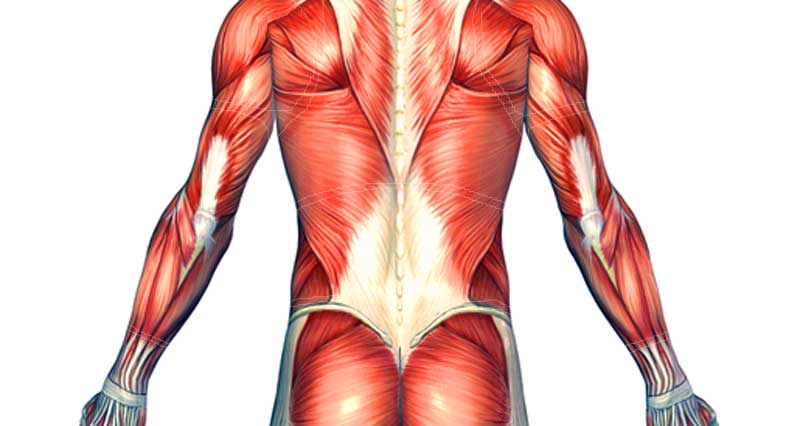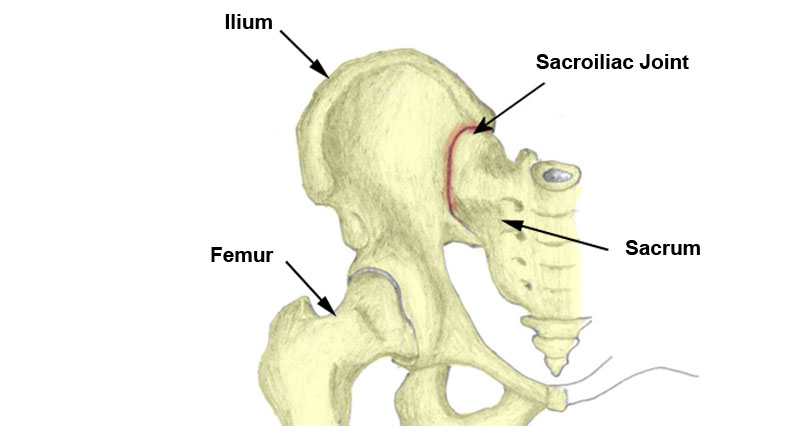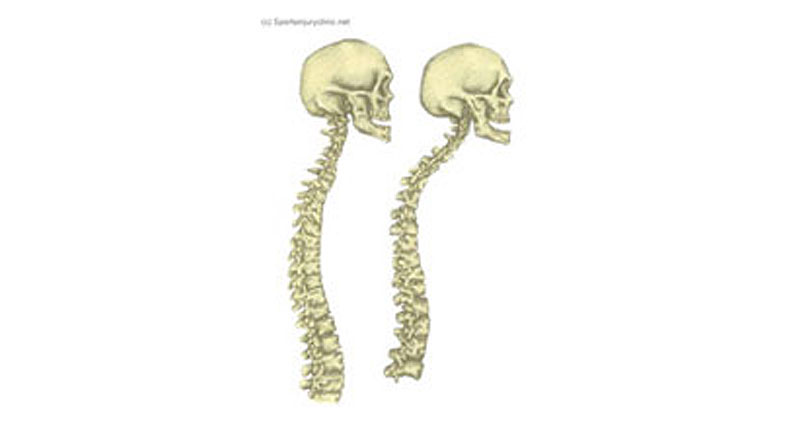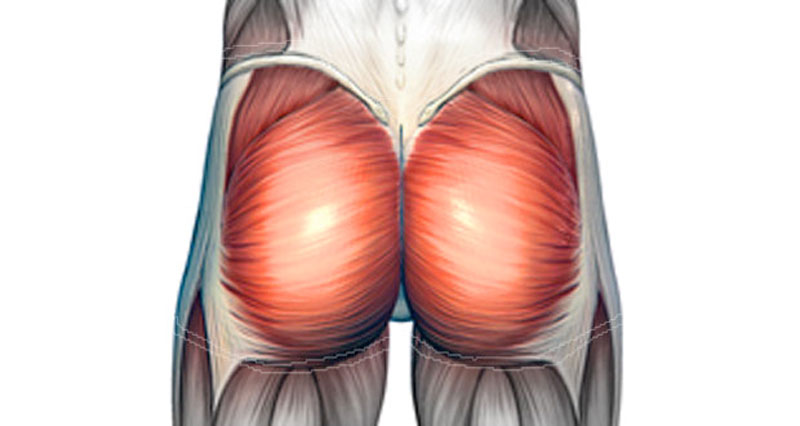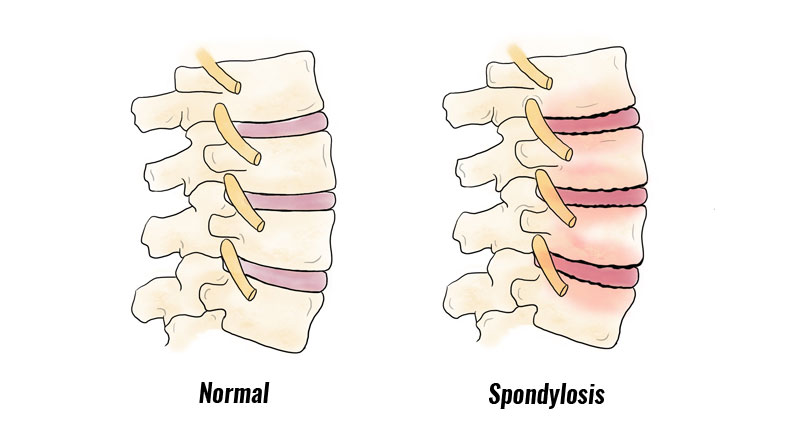Scoliosis is an S-shaped or C shaped curve in the spine. You can be born with it, or it can develop over time. It can also range from very mild which is hardly noticeable to severe cases causing deformity.
Signs of Scoliosis
- Symptoms may include back pain but not always.
- The pain associated with this condition is likely to be a burning muscular pain.
- There will be a visible curve or S shape when viewing the spine from the back.
- One shoulder may appear higher than the other.
- If the curve is in the upper back then one shoulder blade may be more prominent.
What is Scoliosis?
It is a sideways curvature that can often result in an ‘S’ shape or ‘C’ shape curve in the spine. The curve is usually in the thoracic (chest/ribs area) or lumbar regions of the spine. It can either be congenital, meaning present from birth or idiopathic, meaning it develops over time as a result of another condition such as cerebral palsy or muscular dystrophy.
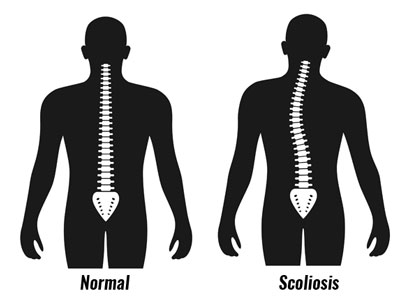
Idiopathic can also develop as a result of a muscular imbalance caused by either physical trauma following an accident or by one-sided activities such as throwing or racket sports. Children can develop deformity by carrying heavy bags on one shoulder all day at school.
A curvature of the spine is not always obvious is minor cases. If you run the fingers down the spine either side of the vertebrae they will leave two red lines. It is often easier to see the curving of the spine in these red lines.
Treatment for Scoliosis
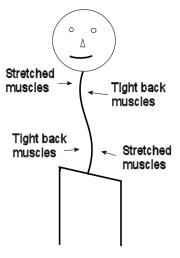
- Treatment varies from person to person, depending on how severe the curvature is and how much growing they have left to do.
- If the condition is not severe, it will normally just be observed (especially in adolescents who are still growing) with regular X-rays, to make sure it does not get worse. Sometimes growth can correct the problem altogether.
- In more severe cases a brace can be worn, which will stop the curve from getting any worse, although will not correct the problem. Often these braces must be worn for up to 23 hours a day, although they are lightweight and can be worn under clothing.
- In the most severe of cases, spinal fusion surgery may be required. This can help reduce the curvature, relieve back pain and prevent damage to the heart and lungs.
- There are other options which are also available to help ease back pain and reduce the deformity in mild to moderate cases. These include physiotherapy, reflexology, spinal manipulation, acupuncture.
- Strengthening and stretching exercises, as well as deep tissue massage, can help scoliosis which is caused by muscular imbalances
How can you prevent spinal deformities in children?
- Avoid carrying heavy bags on one shoulder. Get a rucksack type bag and wear it properly or regularly alternate carrying arms and shoulders.
- If you are a one-sided sports person e.g. Javelin thrower, hurdler or tennis player, at the end of each practice make sure you throw a few times with your wrong arm or hit a few balls with the other arm. Get into the habit – it will be worth it in the long run
Read more on back pain in children.
Sports massage
Sports massage can ease the pain resulting from Scoliosis by helping to relax the muscles. Particular attention can be paid to those muscles which are tight and weak.
A lubricant is needed to allow the hands to glide smoothly. A number of massage oils are available to buy. A cheap but effective alternative is simple baby oil. Do not use too much oil. Enough to allow for smooth, controlled movement is required but too much will mean a lack of control.
A firm, flat surface to lie on in order to apply pressure.
Massage techniques include:
- Effleurage where the aim is light stroking to warm up the area in preparation for deeper techniques. Petrissage to further warm and loosen the muscles. Petrissage techniques include stripping the muscles to apply deeper pressure & flush blood through the muscles.
- Frictions to the muscle attachments – Apply small frictions up and down in the direction of the spine over each tendon attachment in turn. Work up from the bottom of the spine on one side. Concentrate more on the painful areas. Then start again on the other side working from the bottom upwards.
- Circular frictions and transverse frictions to the muscles to iron out any lumps, bumps, and knots. If the therapist finds any tight areas or knots in the muscle then these can be worked out by applying circular frictions directly to the knot in the muscle. The area between the shoulder blades and up into the neck is particularly prone to excess tension This area is prone to tension and if bad enough may cause headaches. Alternate frictions with other techniques shown above.
- Finishing off – The therapist can finish off by returning to petrissage and effleurage techniques. The whole process should take about half an hour.
- Massage therapy can be applied every day if it is performed lightly, however, deeper techniques may result in a days recovery period to allow tissues to ‘recover’.
